Teeth in a day: All-on-4 dental implants
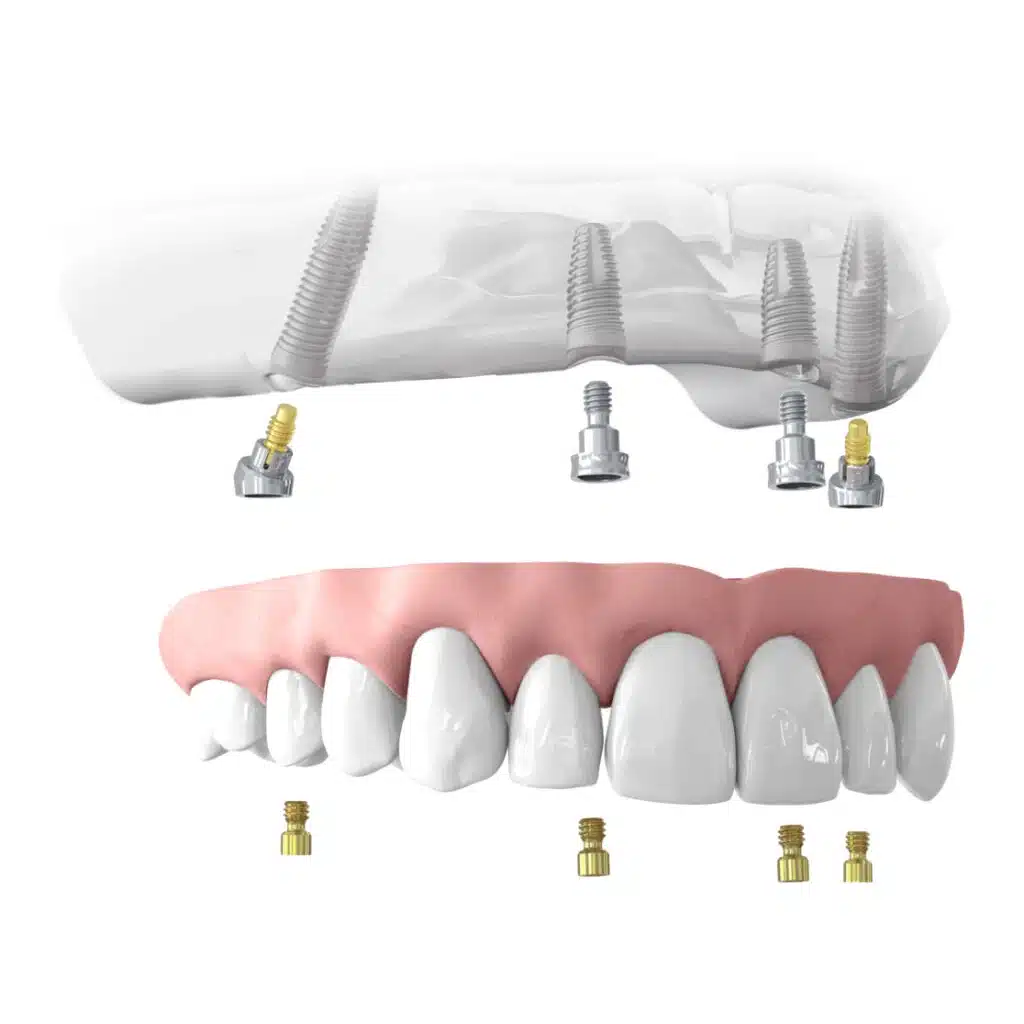
Full-Arch Dental Implants Without Bone Grafts
All-on-4 dental implants offer new hope if you’re missing many teeth or struggling with failing dental work — and have been told there’s not enough bone for implants. This technique places four implants per arch (two straight, two tilted) to support a full set of fixed teeth without the need for time-consuming bone grafts.
At Dawood & Tanner, we’ve helped countless patients regain the ability to smile, eat, and speak with confidence — often in just one day. Your temporary teeth are fitted the same day as surgery, giving you immediate function and a natural-looking result.
Advanced treatment for severe bone loss
For over 30 years, we’ve successfully treated patients with significant bone loss or long-term denture use — even when they were told implants weren’t possible. Using cutting-edge 3D imaging and surgical planning, we often identify and work with existing bone structure in ways others cannot.
One of our patients had worn dentures for more than 40 years and was told she wasn’t suitable for implants. Referred to us by her local dentist, we placed implants to support temporary bridgework on the day of surgery, before going onto provide her beautiful definitive fixed restorations.
These types of prostheses provide support to the lips and face and are so transformative that they not only gave her back her beautiful smile, but also made it appear as if she had a face lift.
A Solution When Others Say "No"
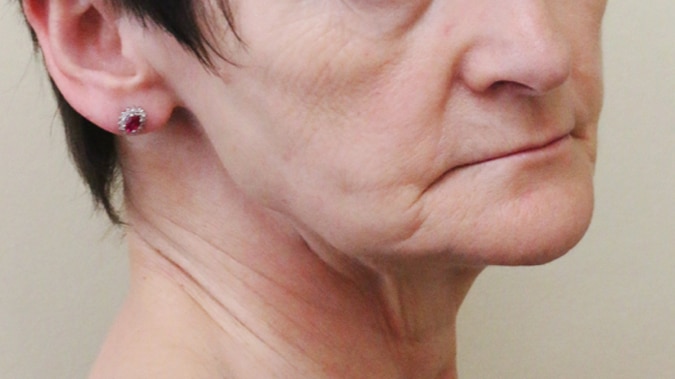
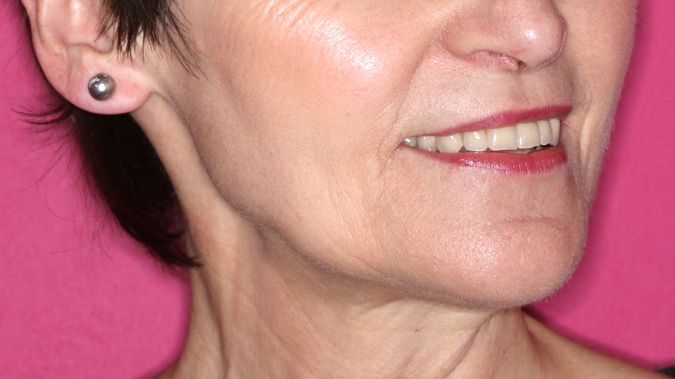
Adapting All-on-4 implants
Greater Longevity and Stability
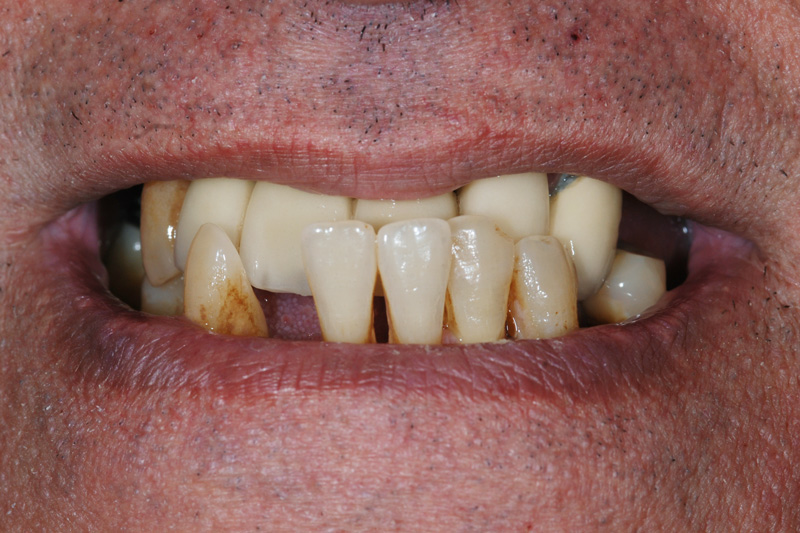
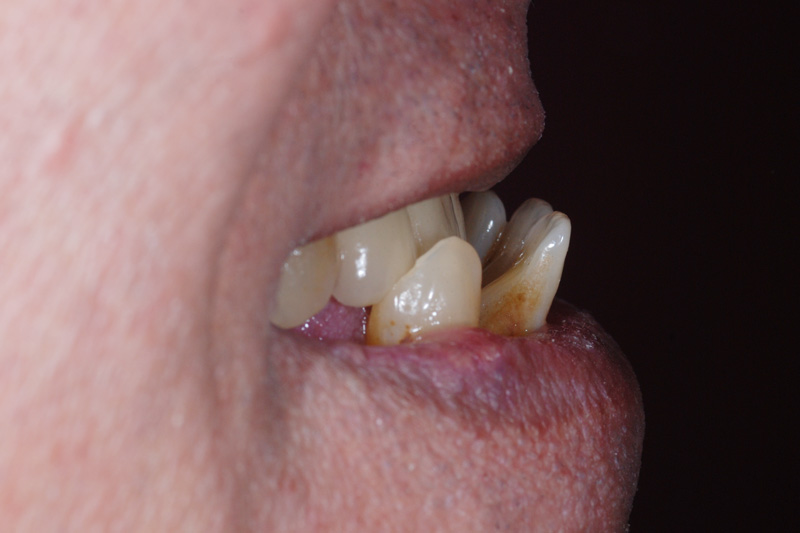
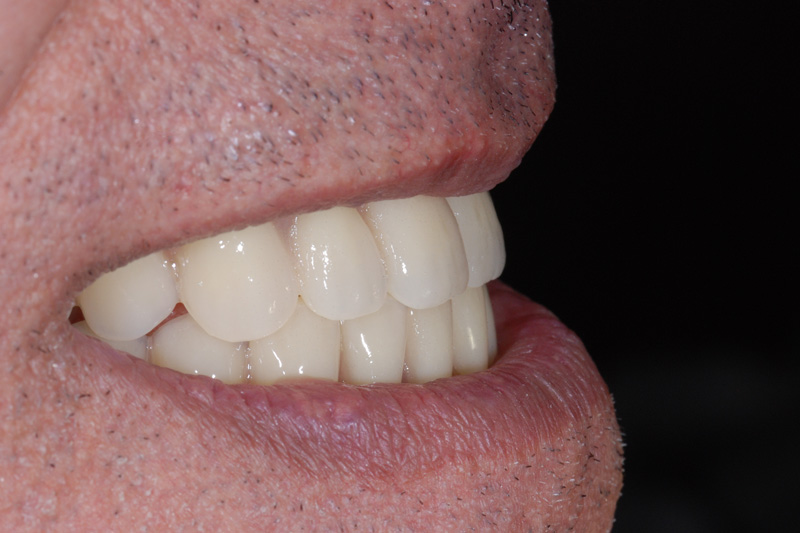
We are pioneers in dental implant techniques, consistently combining advanced technology with clinical creativity to manage some of the most challenging cases in our practice. Our use of 3D surgical planning and imaging tools makes implant procedures more precise, efficient, and less invasive — often completed in fewer appointments — with significant benefits for patient outcomes.The All-on-4 technique works well with four implants, particularly when there is limited space or minimal bone available — a common reason patients are turned away from conventional implant treatment. However, we often prefer to place five or six implants, especially in younger patients or those requiring greater long-term support. These additional implants improve stability and durability, particularly for implant-retained bridges of 10 to 12 teeth.
This adapted approach often provides the most effective solution for fixed full-arch restoration in cases of advanced bone loss — enabling successful outcomes even for patients previously considered unsuitable for implants.


Who benefits from All-on-4?
This procedure is ideal for patients who:
- Have multiple failing teeth or have worn dentures long-term and are seeking a secure, permanent solution.
- Have been told they don’t have enough bone for implants — we’ve successfully treated thousands of such cases.
- Are looking for an immediate transformation — teeth in a day is not a gimmick; it’s a reality we deliver every day.
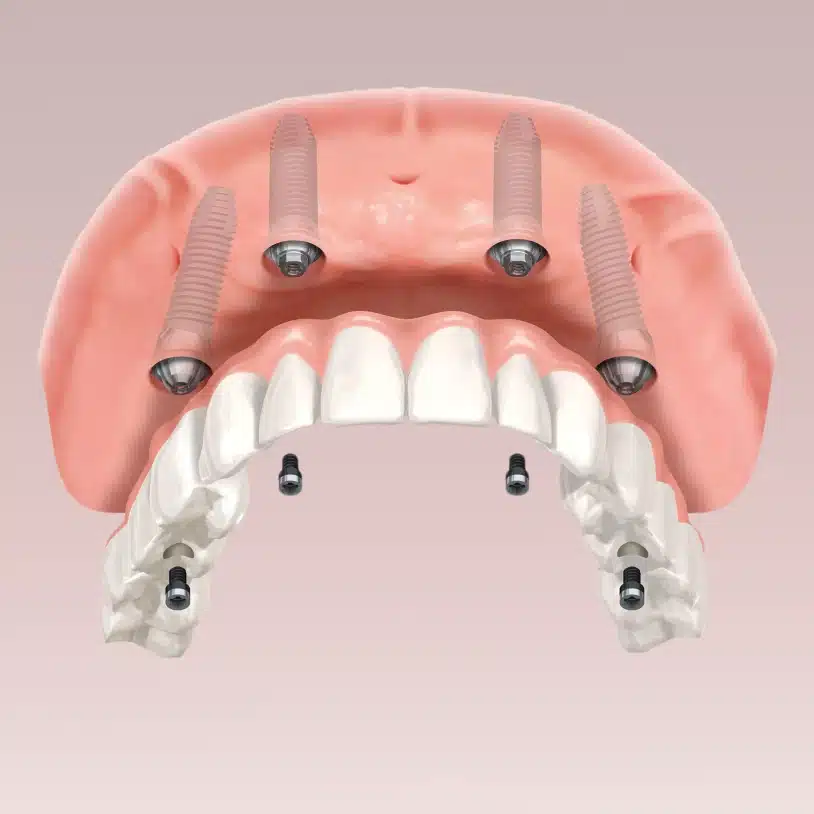
Same day smile - your temporary bridge
Before surgery, you’ll meet with your prosthodontist to begin designing your smile. Where appropriate, a functional temporary bridge is fitted just a few hours after implant placement.
These provisional resin teeth allow time for healing — a process called biological integration — which typically takes around three months. During this phase, your final dental restoration is planned: a durable, long-term implant-supported bridge built on a ceramic or titanium framework.
Temporary bridgework protects the surgical site without resting on the gums, often leading to smoother healing than with traditional dentures.
While immediate loading relies on the initial stability of the implants, it is carefully planned to minimise risk. In many cases, linking the implants with a fixed provisional bridge can even enhance healing and stability.
This same-day solution forms the first stage of your full implant treatment, with the final bridge placed once the implants have fully integrated.
FAQ's All-on-4 dental implants
All-on-4 is a technique that uses four strategically placed dental implants to support a fixed, full-arch bridge — often placed on the same day as surgery. It’s designed for patients with significant tooth loss or limited bone in the upper or lower jaw.
This treatment is ideal for patients with multiple failing or missing teeth, including those who have worn dentures for many years or been told they don’t have enough bone for conventional implants. A consultation and detailed imaging will determine your suitability.
Yes — in most cases, a temporary full-arch bridge is fitted on the same day as implant placement. This means you can leave with secure, natural-looking teeth while the implants integrate.
Many of our patients come to us after being told they are not suitable for implants due to bone loss. Using advanced 3D imaging and planning, we can often place implants in available bone without the need for grafting — even in challenging cases.
Yes. All-on-4 implants provide a fixed, stable alternative to removable dentures. The bridge does not cover the palate, and the implants are anchored securely, offering improved function, comfort, and confidence.
Yes. While the standard technique uses four implants, we may place five or six — particularly in younger patients or those requiring greater support. This enhances long-term stability and helps support a full set of 10–12 teeth.
The implants integrate with the bone over approximately 8–12 weeks. During this time, the temporary bridge allows normal function without placing pressure on the gums. Final restorations are placed once healing is complete.
Placing a bridge immediately after implant surgery can increase the risk of implant failure if healing is disrupted. However, with careful planning and experience, this risk is minimised — and linking implants with a bridge can even aid healing in many cases.
With proper care, All-on-4 implants can last for many years — often decades. Regular hygiene visits and home care are essential to maintaining the health of the implants and surrounding tissues.
You’ll begin with a consultation and detailed imaging to assess bone availability and treatment options. Our team will create a personalised plan and discuss every step with you — from planning to provisional teeth to your final restorations.
